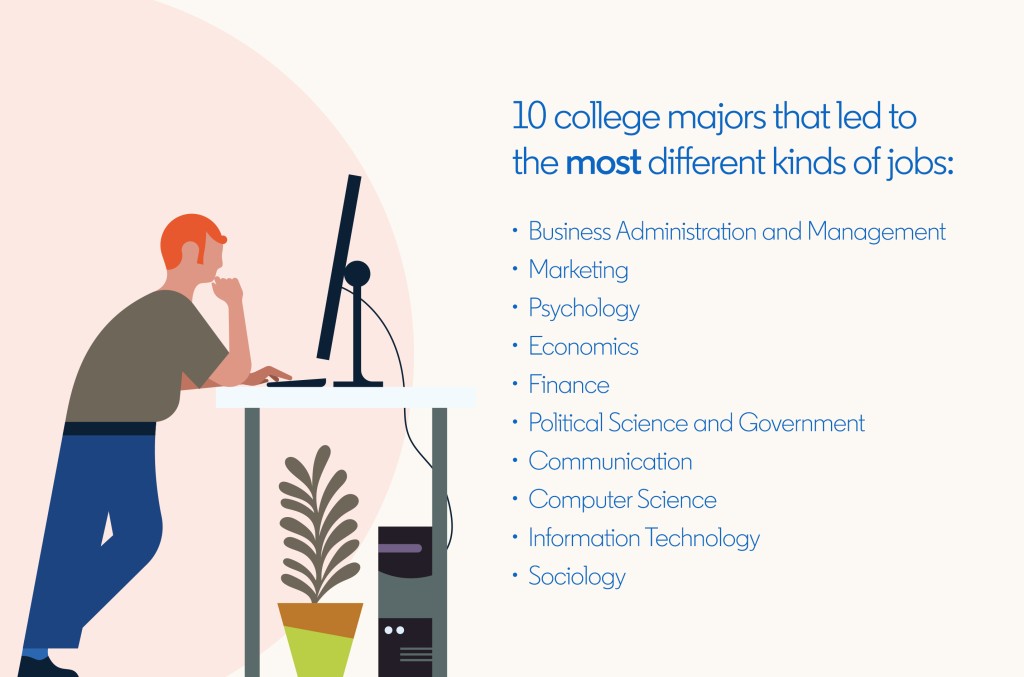3 Insights About This Year’s New Grads — and What They Mean for Your Company
It’s summer, and you know what that means — a new crop of bright-eyed, bushy-tailed graduates have thrown their caps in the air and are turning their full attention to the job market.
For anyone planning on hiring these new graduates, it’s important to know as much as possible about them. The 2019 LinkedIn Grads Guide to Getting Hired contains many insights and U.S. workforce trends that, together, paint a complex picture of the Class of 2019. For example, the report looks at when companies are hiring new graduates and which majors lead to the widest variety of jobs. It also examines where graduates are taking jobs and what are the most popular jobs, companies, and industries for freshly minted professionals.
Here are three insights from the guide and what they mean for your graduate hiring strategy.
1. New grads are most interested in learning in-demand tech skills
Recent grads are truly invested in learning in-demand skills, which is good news for companies. And the thing they’re most interested in mastering is data visualization, which combines the sought-after skills of data science and creativity.
Here are the top five skills new grads are learning:
New grads are even pursuing courses in these skills on LinkedIn Learning, showing they’re proactively thinking about keeping their skill set up to date.
The class of 2019’s eagerness to learn means that you can focus on hiring for potential over existing skills and offer on the job training. In addition, if you offer learning opportunities, like subsidized access to online courses, this can also be a big selling point for your company.
2. The most versatile college majors include business administration and management, marketing, and psychology
Many majors arm grads with transferable skills that are applicable across a wide range of jobs and industries. So, looking beyond the majors traditionally associated with a role can significantly open up your search.
LinkedIn found that the most versatile college degrees — those that led to the largest variety of jobs — include business administration and management, marketing, psychology, and political science and government. On the tech side, computer science and information technology made the list. Many other business-related majors are also represented, including finance and economics., and business administration and management.
To look beyond the major, consider removing references to specific majors from your job descriptions or noting that they’re preferred but not required.
Or, you could remove the degree requirement altogether and focus solely on skills and capabilities. This strategy will not only help your job descriptions appeal to a broader pool of grads, but can often help you uncover qualified candidates who don’t possess a degree at all — helping to level the playing field for applicants who, say, attended a trade school or served in the military.
3. Software engineer tops the list of the most popular jobs for new grads, followed by registered nurse and salesperson
Software engineer is the most popular role for new grads this year, with an average entry-level salary of $83,000. But it’s not just tech roles that are attracting lots of fresh faces — registered nurse, salesperson, and accountant are all popular roles too.
Interestingly, the fourth most popular role on the list is teacher, an occupation that is known for its relatively low starting salaries. But an educator is an example of a role that offers a real sense of purpose, which is a major draw for today’s job seekers.
Helping grads understand that their work could have a meaningful impact is a big differentiator for any role. If your company has an inspiring mission or even just offers days off for volunteering, those are also powerful ways to back up a paycheck with some purpose.
Final thoughts
Don’t let this year’s grads all get snapped up elsewhere. Welcome new skills and perspectives into your workforce by thinking outside of the box about where you search for talent and which perks you highlight in your marketing content.
Remember that Gen Zers have a very different outlook on the job market than millennials do, so strategies that have worked for you in previous years may need a refresh. Use the Grads Guide insights as a compass and you’ll be off on the right path.
To receive blog posts like this one straight in your inbox, subscribe to the blog newsletter.
Topics: University recruiting Hiring Gen Z
Related articles




